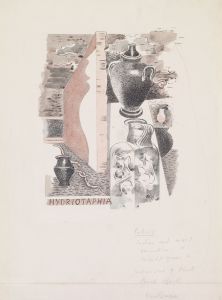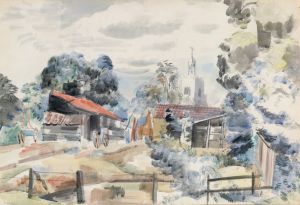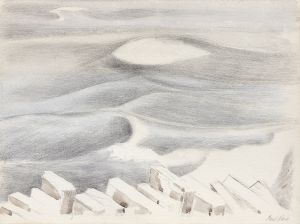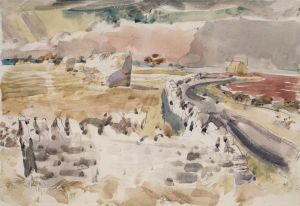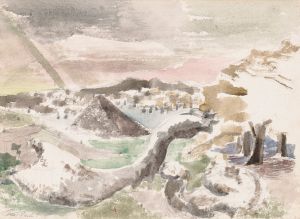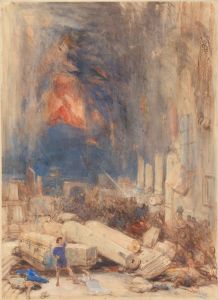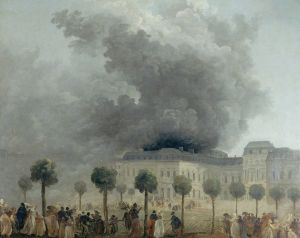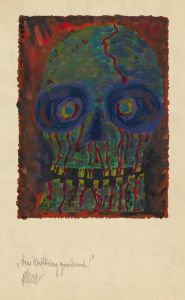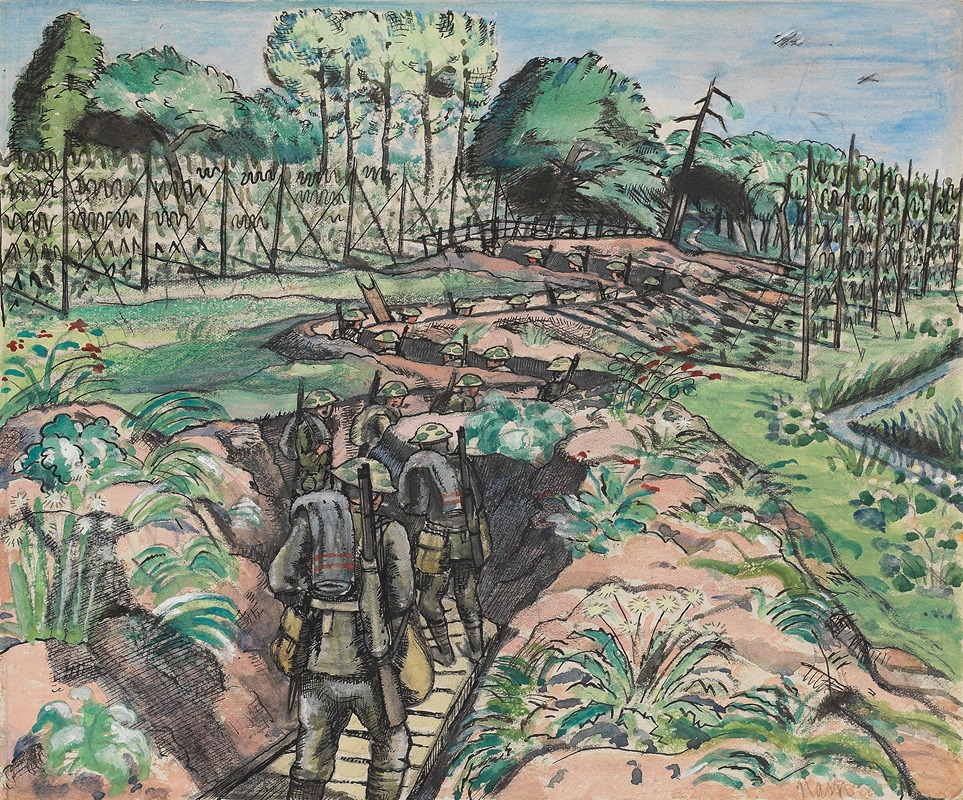
Leaving the Trenches
A hand-painted replica of Paul Nash’s masterpiece Leaving the Trenches, meticulously crafted by professional artists to capture the true essence of the original. Each piece is created with museum-quality canvas and rare mineral pigments, carefully painted by experienced artists with delicate brushstrokes and rich, layered colors to perfectly recreate the texture of the original artwork. Unlike machine-printed reproductions, this hand-painted version brings the painting to life, infused with the artist’s emotions and skill in every stroke. Whether for personal collection or home decoration, it instantly elevates the artistic atmosphere of any space.
Paul Nash was a British artist known for his war paintings, particularly those depicting the landscapes of World War I. One of his notable works is "Leaving the Trenches," which captures the harrowing experiences of soldiers during the war. Nash's work is often associated with the emotional and physical scars left by the conflict, and his paintings serve as a poignant reminder of the war's impact on both the land and the people who lived through it.
"Leaving the Trenches" is a painting that reflects Nash's firsthand experiences as a soldier in World War I. He served as an officer in the Artists' Rifles and later as an official war artist. His time on the front lines deeply influenced his artistic vision, and he sought to convey the stark realities of war through his work. Nash's paintings often depict desolate landscapes, shattered trees, and the remnants of human activity, all of which are recurring themes in his war art.
The painting "Leaving the Trenches" is characterized by its somber tones and haunting imagery. Nash's use of color and form captures the bleakness of the war-torn landscape. The composition likely includes elements such as soldiers moving through a devastated terrain, emphasizing the sense of desolation and the struggle for survival. Nash's style often blends elements of realism with a more abstract approach, allowing him to convey the emotional weight of the scene.
Nash's work is significant not only for its artistic merit but also for its historical importance. His paintings provide a visual record of World War I, offering insights into the experiences of those who lived through it. "Leaving the Trenches" is part of a larger body of work that includes other notable pieces like "The Menin Road" and "We Are Making a New World." These works collectively highlight Nash's ability to capture the essence of war and its aftermath.
Paul Nash's contribution to war art has been widely recognized, and his paintings are held in high regard by art historians and the public alike. His work is featured in various collections, including those of the Imperial War Museum and the Tate Gallery in London. Nash's legacy as a war artist continues to resonate, as his paintings offer a powerful commentary on the futility and devastation of war.
In summary, "Leaving the Trenches" by Paul Nash is a poignant representation of World War I, reflecting the artist's personal experiences and his ability to convey the emotional and physical impact of the conflict. Through his distinctive style and powerful imagery, Nash's work remains an important part of the artistic and historical narrative of the war.





